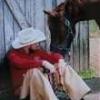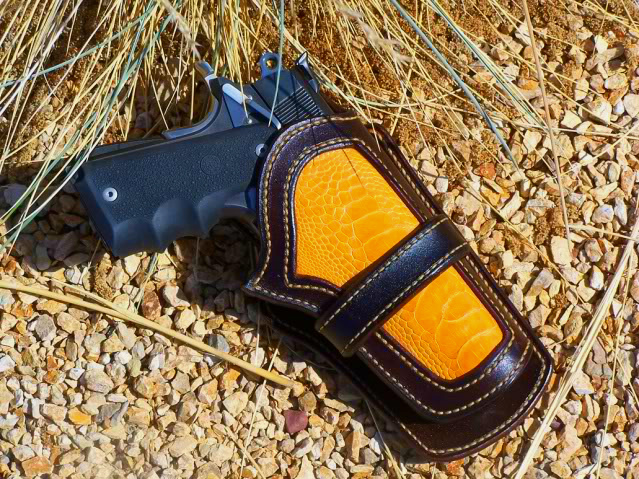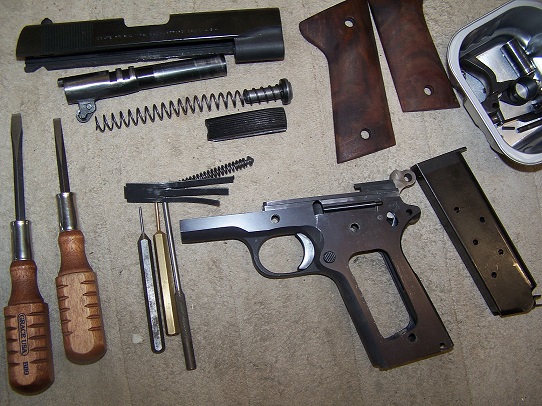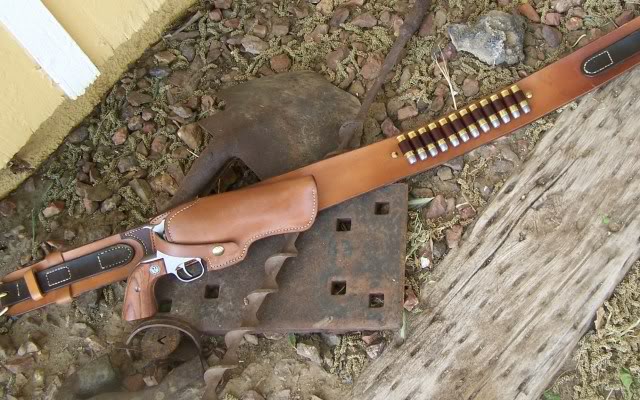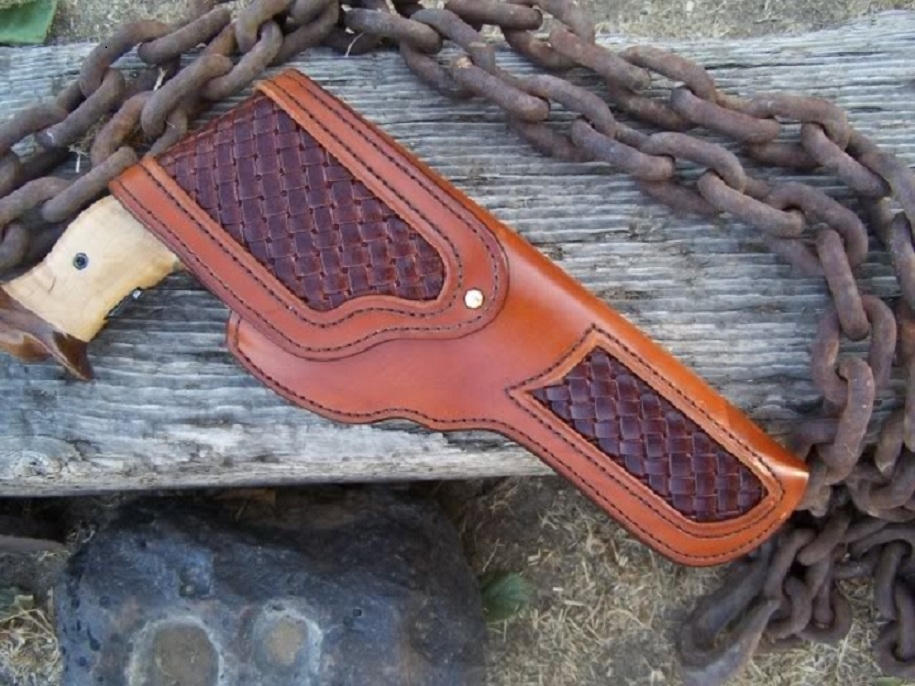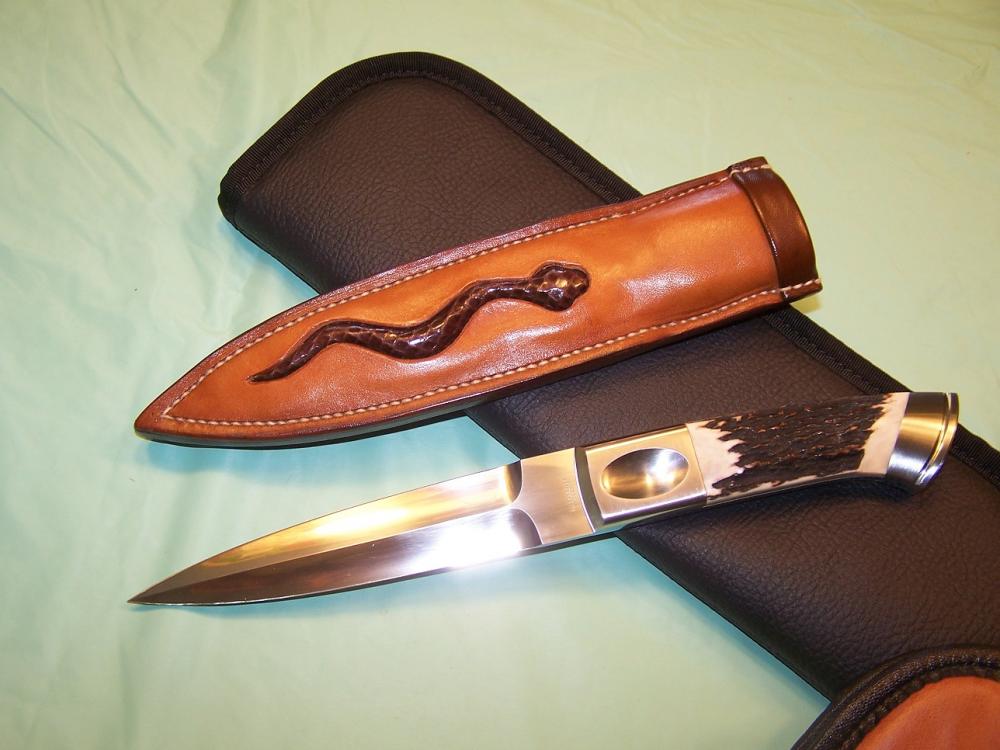-
Posts
1,536 -
Joined
-
Last visited
katsass's Achievements

Leatherworker.net Regular (4/4)
-
Well Ferg, thanks for the kind words. Ma's doing ok. I'd sure like to see that book you're writing. The friend that this little holster and sheath is for, keeps wanting me to get with him and put together a book on some of our more colorful experiences in our 60+ combined law enforcement years. all we ever get done is to start talking, laughing, remembering and that's it. I guess that I may have misled all on here. I not about to kick off -- I just can't see well enough and I can not wield an awl well enough with hands that have no strength and that cause the discomfort mine seem destined to do.
THANKS to all for their kind word and considerations. Mike
-

Hi Mike,
I didn't think you were on your last legs. Our generation is too dam tough to let go so easily. Glad to hear Ma is doing better. Tell her I think of her every time I think of you.
This book is hard work. Four years of my life, you would think it had been fifty. My oldest daughter had been after me to write what I remembered from those days.
I told her I didn't think I could remember enough to make it interesting. Finally told her in June I would try.
After about a week my infamous memory kicked it into high gear.
Other than some things I will probably re-write, that portion is finished. I have "proof read" several times, corrected grammar and sentence construction. I continue to catch "funky" punctuation
I hadn't seen before. Formatting for the printing company is another story. It won't be more than 150 pages I think and I am not going to sell it. Will only get relative few printed.
I will certainly put you on the list. Send me your mailing address.
Stay well and give MA an extra hug every day.
Ferg
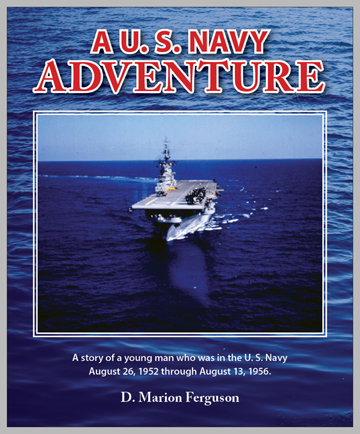
-
-
hi there, I saw your post on airbrushing professional oil dyes, my question pertains to cleanup. do you cleanup with thinner, if not. what do you use? thanks, Jake
-
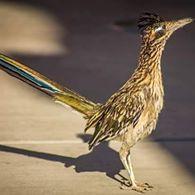
Hi there. Sorry about the time element in my reply. Have been trying to move what I laughingly call "my Shop" with the temps running over the century mark. Work a little, sweat a bunch dry off wait a few and go back to work. As to your question I use only denatured alcohol for cleanup as well as thinning the dye. hope this helps a bit. Mike
-
thanks!
-



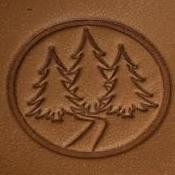
.thumb.jpg.deab938f53c92606f993c3d740aee2ef.jpg)


